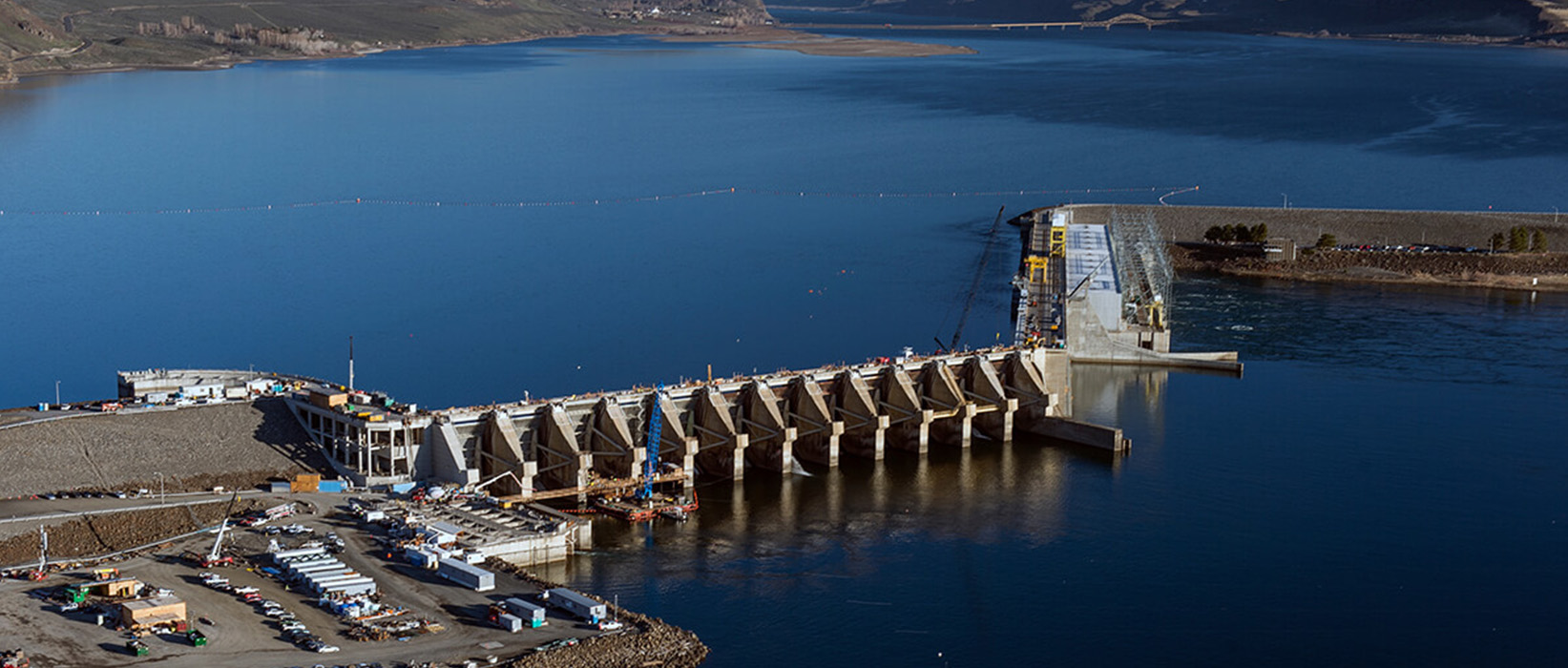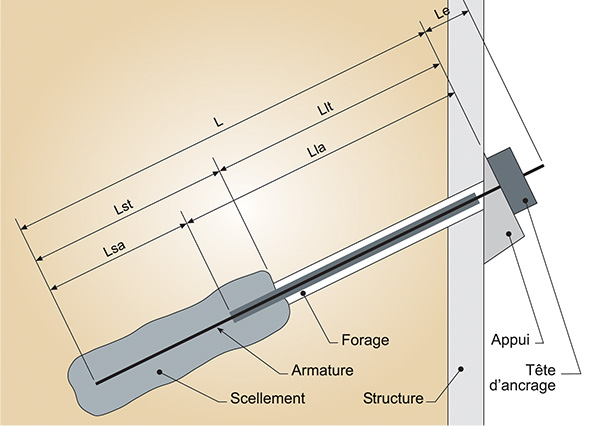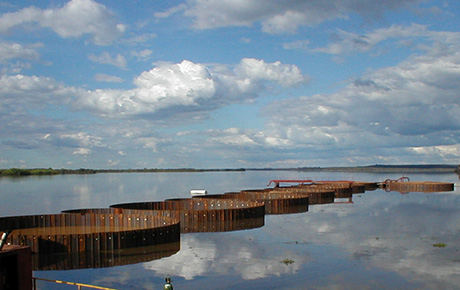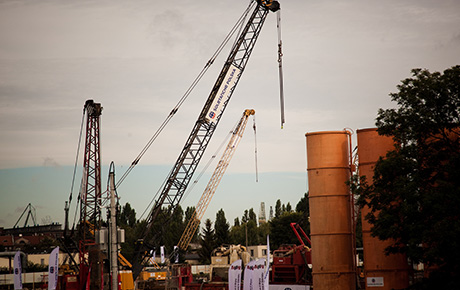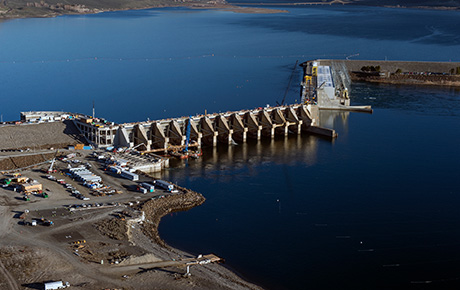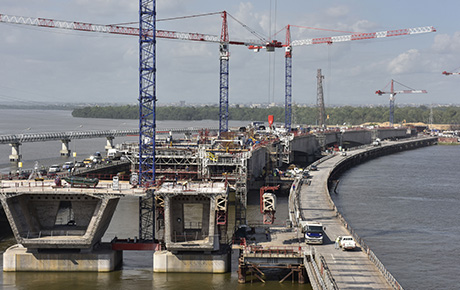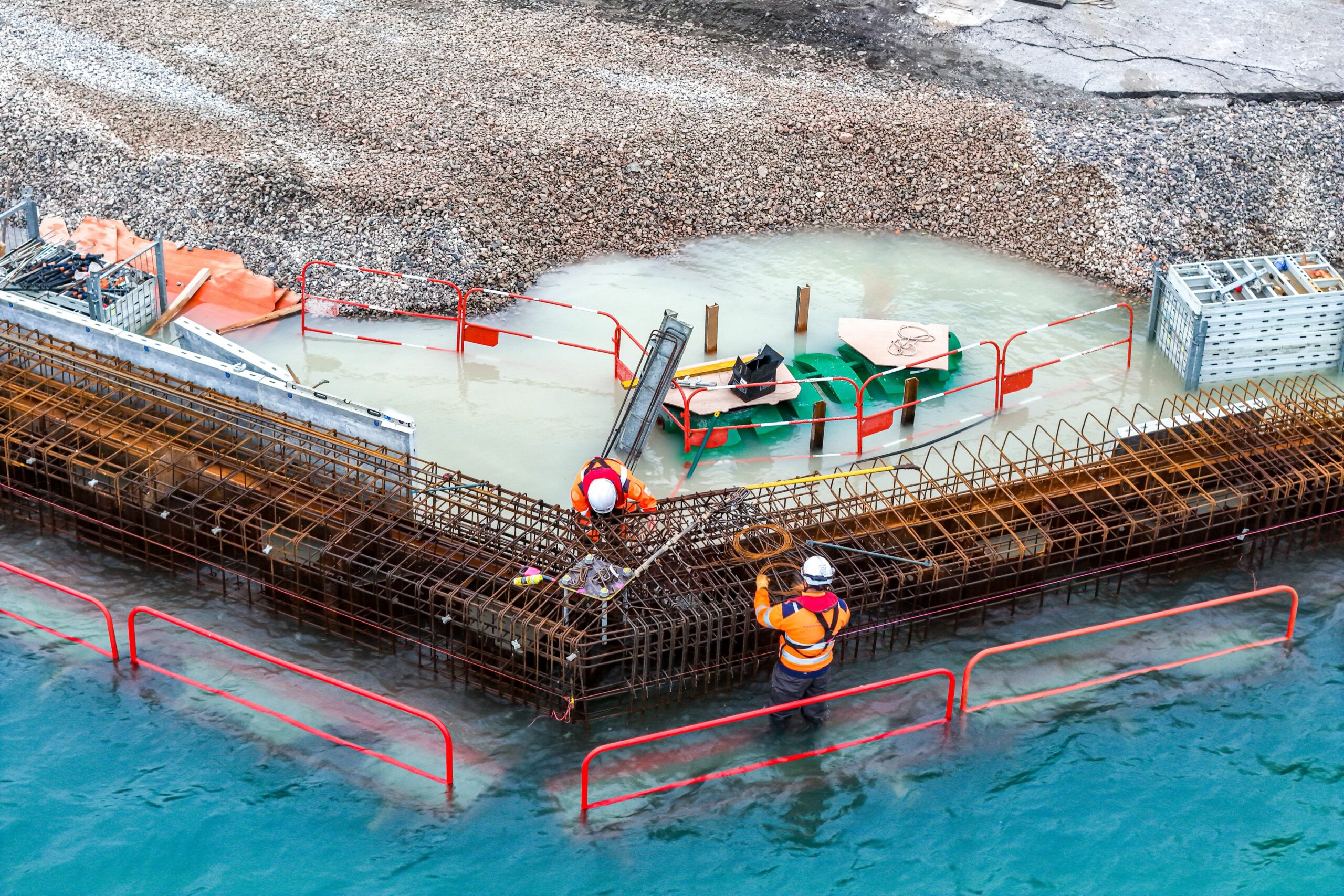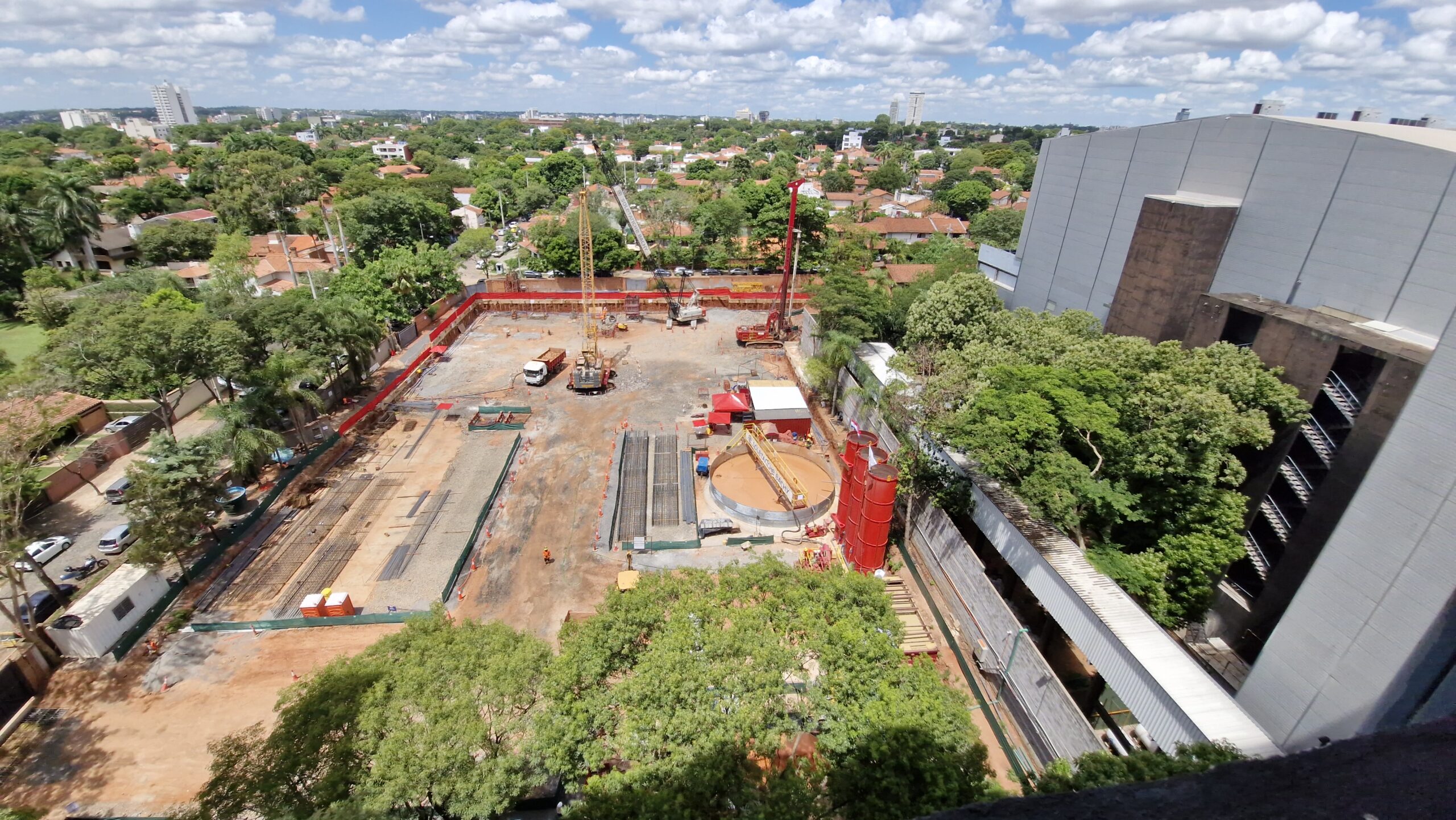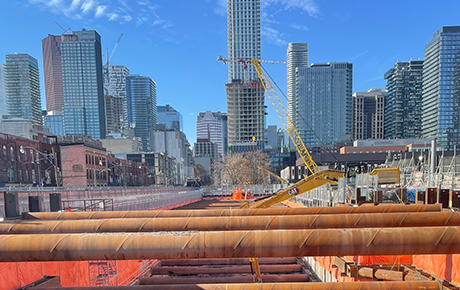Project Description
An essential system for the stability of your structures.
Soletanche Bachy uses ground anchors for the construction or repair of structures, mainly, but not exclusively, for support of excavation works.
What is a ground anchor ?
A ground anchor is a system capable of transmitting a tensile load into a competent stratum, drawing support from the structure to be anchored.
Ground anchors are commonly used to prevent deformation of a retaining wall after excavation. In such case, anchors are installed through the retaining structure during the excavation phase. Earthworks are resumed once these anchors have been tensioned.
A ground anchor is therefore always carefully treated, as it contributes to structural stability.
An anchor comprises three parts:
- The head, transmitting the anchor force to the structure via a bearing plate
- a free length of tendon, from the head to the near extremity of the bond length,
- a bond length, which is the length of tendon through which the tensile force is transmitted to the surrounding ground through a bond grout.
An anchor is called “temporary” if it is to be used for a limited period of time, generally during construction of the structure. A “permanent” anchor is a ground anchor lasting more than two years or, more generally, a component required for the entire lifetime of the structure.
Two types of ground anchors
A wide range of applications for ground anchors
Temporary and permanent retaining walls
Diaphragm walls – Sheet piling – Retaining walls – Underpinning curtain – Berlin-type walls and similar.
Transmission of tensile loads
Anchoring of slabs below the water table – Pre-stressing of piles working in traction – Anchoring of narrow structures (pylons, tower buildings, chimneys, etc.) – Transmission of tension for rigging lines (suspension bridges, pylons, etc.).
Anchorage – Nailing
zStabilisation of slopes and landslides (cracked rocks, cliffs, scree areas) – Consolidation of tunnels – Blocks of penstocks.
Miscellaneous
Transmission of pressure on vaults – Post-stressing of structures – Dam stability improvement.
What are the advantages of this technique?
Applies to a wide range of ground conditions
Compatible with numerous small diameter drilling techniques
A retaining structure can be stabilised by one or several levels of ground anchors
Permanent lifespan of anchors (subject to regular monitoring)
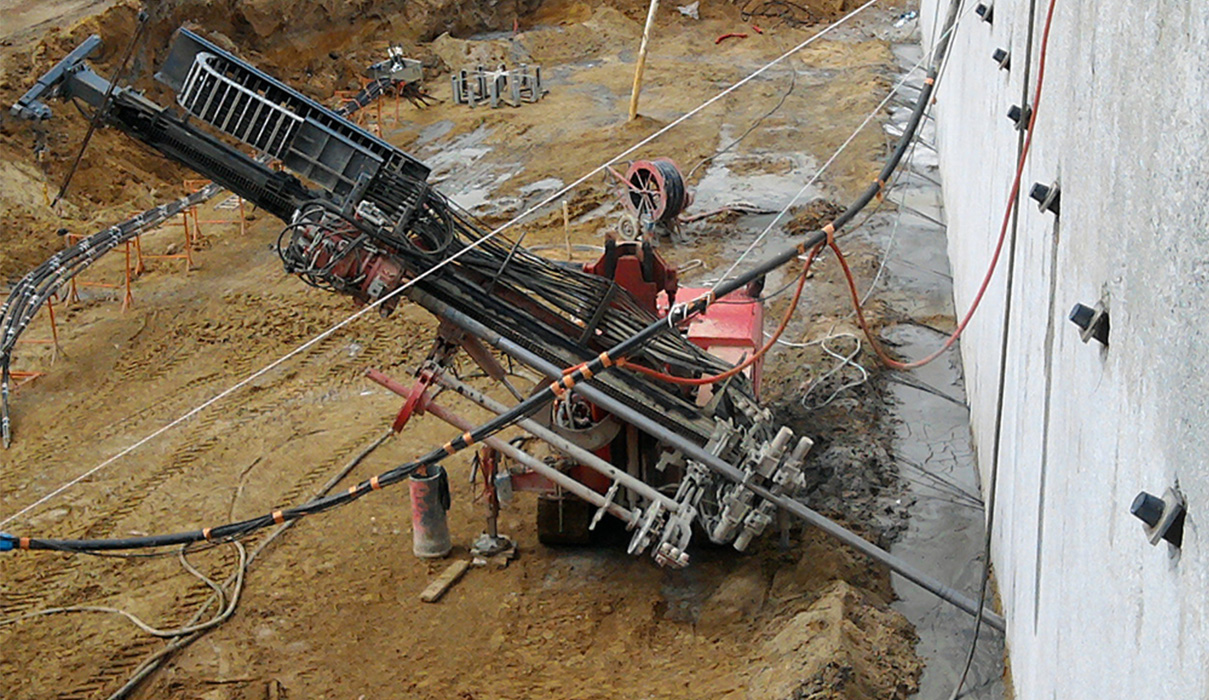

Implementation
Drilling
Boring of 100mm to 200mm diameter depending on the dimensions of the anchor body, at the appropriate angle, using a drilling rig a fluid to suit the ground conditions
Drilling grout and anchor installation
Clean the borehole, replace fluid by a high cement content grout
Insert the ground anchor by crane, from drum or even by manhandling
Grouting and sealing
Once the grout has set, the bond length is pressure-grouted.
Various grouting systems can be used to suit ground conditions and degree of bonding enhancement required (see @grouting chapter). The European Standard EN1537 describes two main methods:
-
- A single hit overall grouting
- Selective Repetitive Grouting, generally by TAM Grouting.
Tensioning the ground anchors
Depending on ground conditions and the bonding product used, a curing time of two to five days is required between the last grouting phase and the tensioning of the anchor.
The anchor head protection is added once tensioning has been checked.
Soletanche Bachy’s advantages
Execution controls and monitoring
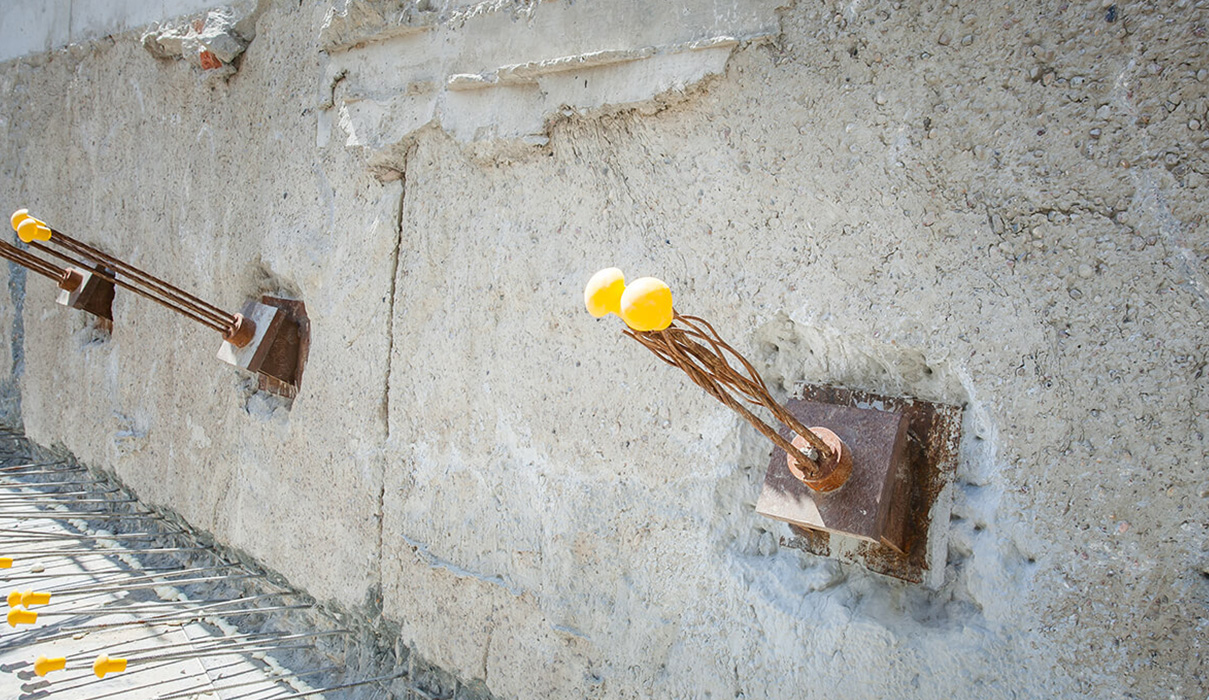
- Properties and composition of the cement grout,
- Continuous monitoring of all stages of production, from boring to commissioning of the ground anchor
- Tensioning phase of every active anchor is checked by one of our Design offices before commissioning.
Did you know?
- Soletanche Bachy created the Repetitive Selective Grouting which increase significantly the capacity of ground anchors. This innovation was inspired from the Father of “Tube a Manchettes” device, Ernest Ischy.
- The capacity of an active anchor may vary from a few dozen kiloNewtons to more than 15,000 kN
- Very high-capacity ground anchors are often used to improve the stability of dams. Our record was established in 2014 at Wanapum Dam in the United States (Washington State) with the installation of 35 pre-stressed ground anchors. Each of these comprising 61 metallic wires at a depth of 80m.
